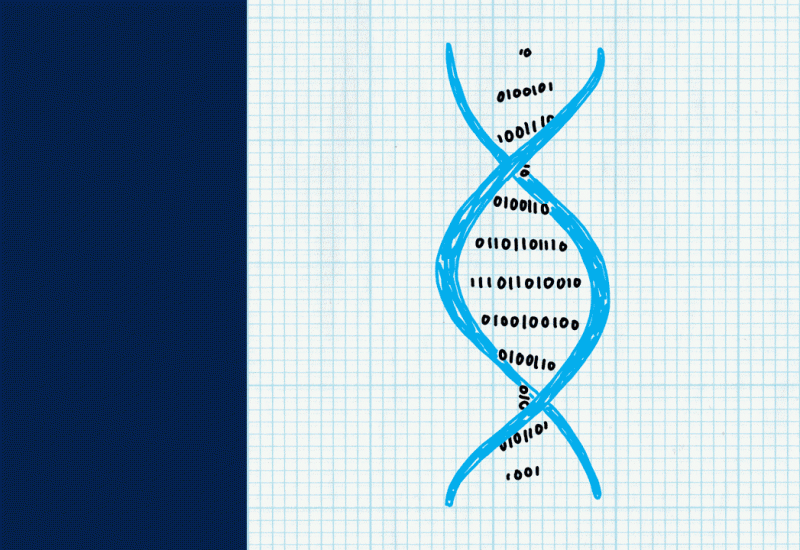DNA is emerging as an ultra-compact way of storing it all, and now researchers supported by Microsoft have created the first system that can automatically translate digital information into genetic code and retrieve it again.
…
[DNA] is so compact it could shrink a data center to the size of a few dice. But for that to become practical we need a DNA-based equivalent of a hard drive that lets you upload and download data in a simple and intuitive way.…
So the researchers designed a desktop-sized device that carries out the entire process automatically. First, software converts digital data into the four DNA bases—the letters A, T, C, and G.
…
The device then adds the required chemicals to a synthesizer to build the snippet of DNA and then stores it in a special vessel. When it’s time to read the data back out again, microfluidic pumps push the sample into a sequencer, where the genetic code is read before the software converts it back into 1s and 0s.
…
The technology isn’t going to replace silicon computers anytime soon, but could be used to carry out computation at a molecular level.
Read full, original post: Microsoft Is Building an All-In-One DNA Data Storage Device































